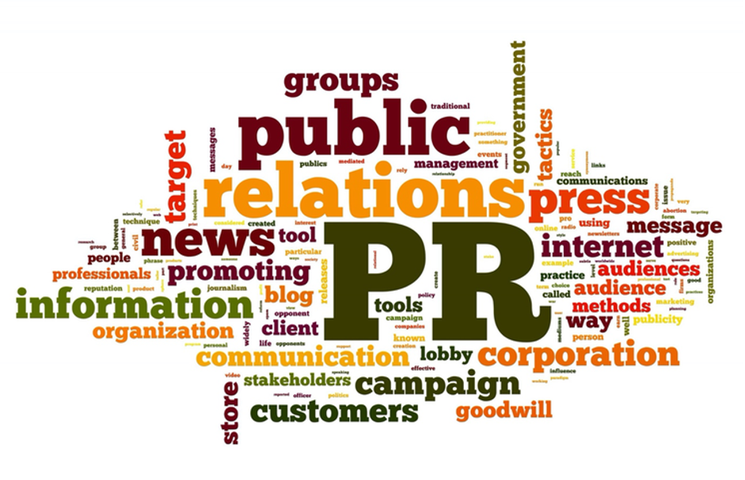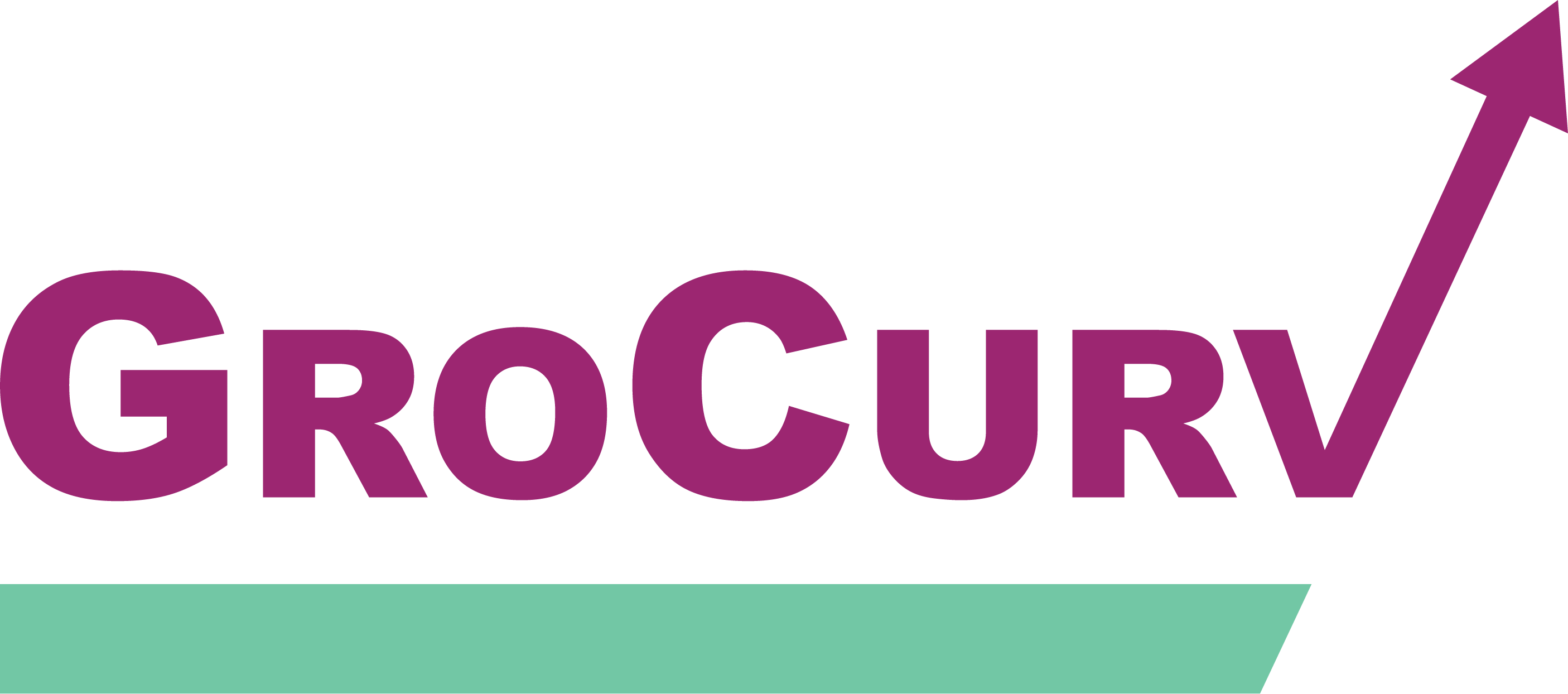PR and its role in building your brand.

PR is short for "public relations"- and this refers to the strategic communication from an organization to the public to maintain or cultivate public image and/or respond to public dialogue.
PR is about helping a business or individual cultivate a positive reputation through various unpaid or earned channels and formats, including press, social media, and in-person engagements.
PR is the act of Persuasion; using unpaid media.
Advertising/ social media etc are all paid (mostly) and therein lies the big difference with PR. In PR, you don’t buy access to the medium. You are making it interesting for a newspaper or magazine to write about you; and thereby giving you reach at no cost.
But this is also the challenge of PR. There is no guarantee. A story and narrative of your choice may not appear if it does not tie into the agenda and narrative of the PR agency and the media at that point of time. So it takes time, and effort.
While Digital PR also makes use of social media platforms, networks and tools to interact with people online and build relationships; the media space and dispersion activity is owned by another entity. The social media being used could also be Facebook, Twitter, Pinterest, LinkedIn and YouTube.
But unlike when you spend on your own social media , PR makes those conversations relevant and effective – largely on the credibility of the media entity dispersing the content. It is therefore a powerful force multiplier for your narrative.

Now, unlike your own social media ( which tends to be positive at all times), PR can be positive or negative.
An example of positive PR is - Let’s say you work for company that’s into organic foods high on protein. A PR specialist or magazine specialising cuisines may want to name your company in an article it is writing about organic foods, rich in protein, and your name gets associated with this article and magazine and reaches a far wider audience than what you could have.
Negative PR works the exact same way, but creates disharmony among your customers or potential customers. Say, due to some inadvertent circumstances, impurities enter your product. A consumer may highlight this, and a media company may pick it up and announce it to its readers. Again getting you in front of many many more consumers that you could have, but in an unfavourable way.
But PR , in this situation also works in a Damage Control mode. A PR professional working with your company will then be tasked with creating a story to negate the effects of an unfavourable opinion. Perhaps by discussing how you resolved the issues, compensated customers who were affected. And set up processes to never allow this to happen again.
So PR is going to help you whether you’ve got something great to say, or something not so pleasant happens. And remember, the task in PR is to get FREE and EARNED mentions in the media. So you have to create a win-win with the media at all times.
A good PR strategy for a company will therefore keep scanning the environment to see what are the big issues coming up.
Climate change? Healthy lifestyles? Technology in everyday life- If we then anticipate, analyze and interpret public opinion we can create narratives that could be interesting for media houses to pick up.
We can help the story writer ( the media company) write better stories. To give them deeper insights into how their story is relevant and indeed validated. A good PR strategy involves working closely with media houses that have aligned interests- and offering them opinions/ data/ experiences to help them succeed.

While focusing on how to find the right media vehicles is important, it is important for the organisation to be equally focused on its internal processes.
a) Counselling management at all levels in the organization with regard to policy decisions, courses of action and communications taking into account their public ramifications and the organization’s social or citizenship responsibilities.
b) Researching, conducting and evaluating, on a continuing basis, programs of action and communications to achieve the informed public understanding necessary to the success of an organization’s aims. These may include marketing; financial; fundraising; employee, community or government relations; and other programs.
c) Planning and implementing the organization’s efforts to influence or change public policy.
d) Setting objectives, planning, budgeting, recruiting and training staff, developing facilities — in short, managing the resources needed to perform all of the above.
e) Overseeing the creation of content to drive customer engagement and generate leads.
It’s a great idea in the initial days of your PR effort to work with an PR agency, But as you do this, it is equally important to understand the objective of this exercise. A PR agency cannot and should not be expected to create your marketing strategy. It should be expected to create a PR strategy in line with you marketing and overall business strategy.
So it is important that the leadership team spends some time to :
i) Outline their brand/ corporate messaging goals.
ii) Knows their Audience
iii) Selects the right public relations tactics.
iv) Create a timeline for the PR campaigns.
While working on the right PR tactics, you have a wide range of options:
a) Business Events- Business events work well in the B2B scenario, especially if you are looking to do some quick outreach to customers. Ideally when your product has gained traction and is ready for acceleration.
b) Community Relations and CSR - Community relations are important if you see your company becoming a large contributor to the community economy- either via jobs created/ taxes paid/ revenue earned etc. In these cases, the impact of a negative community opinion on your company can have disastrous consequences and this needs to be pre-empted.
c) Or, if you are entering a community, a good way to engage and open your doors is to pro-actively work with the community to create a positive contribution. Either via building schools/ hospitals/ training the youth/ giving scholarships etc.
(i) Employee Relations
(ii) Media Relations and engaging pro-actively with relevant media.
PR is an important tool for developing your brand and must be given proper consideration while building your overall business and marketing strategy. GroCurv has helped many young brands optimise their PR spends and create impact. Visit us on www.grocurv.com to know more.
